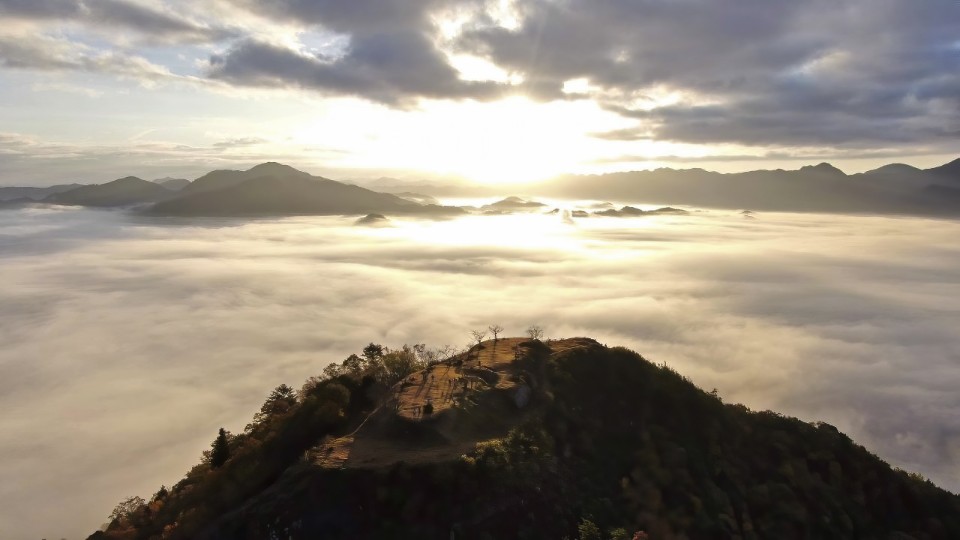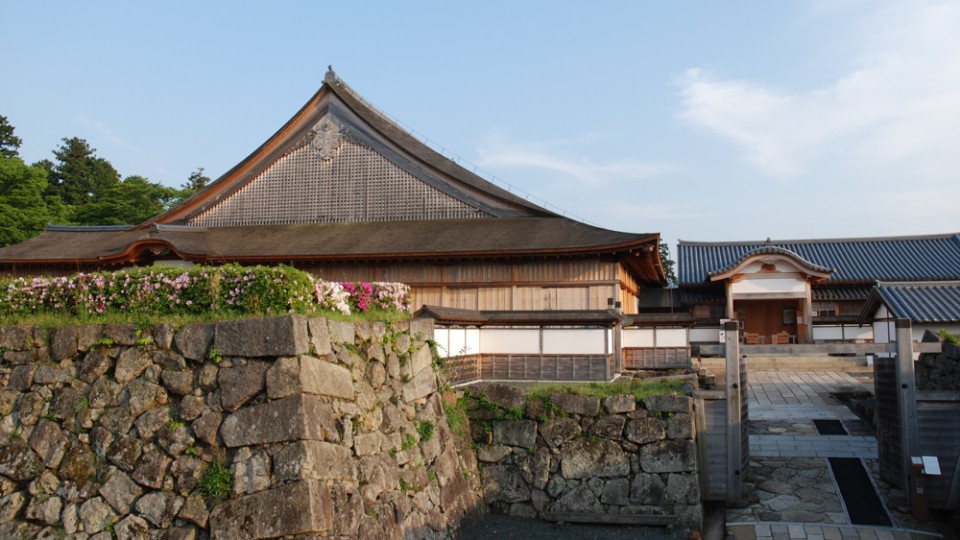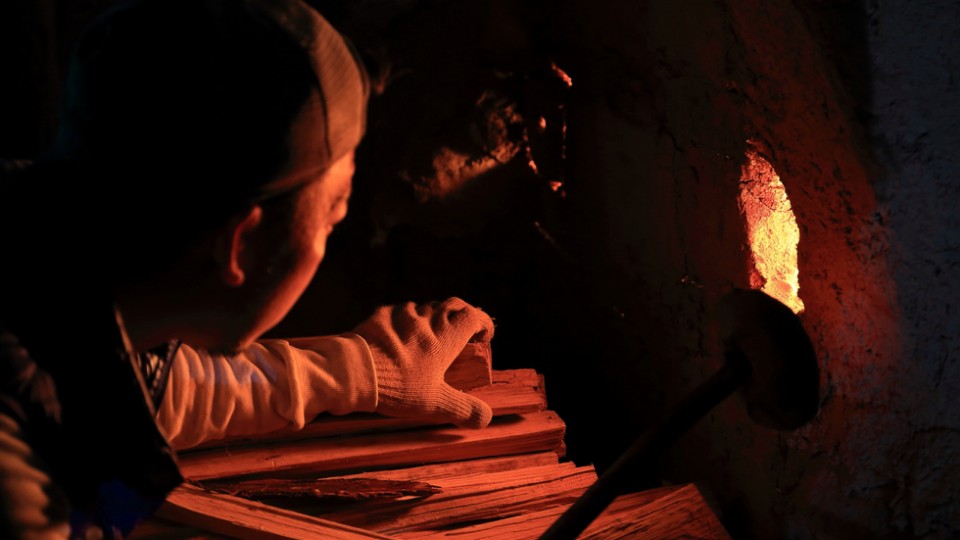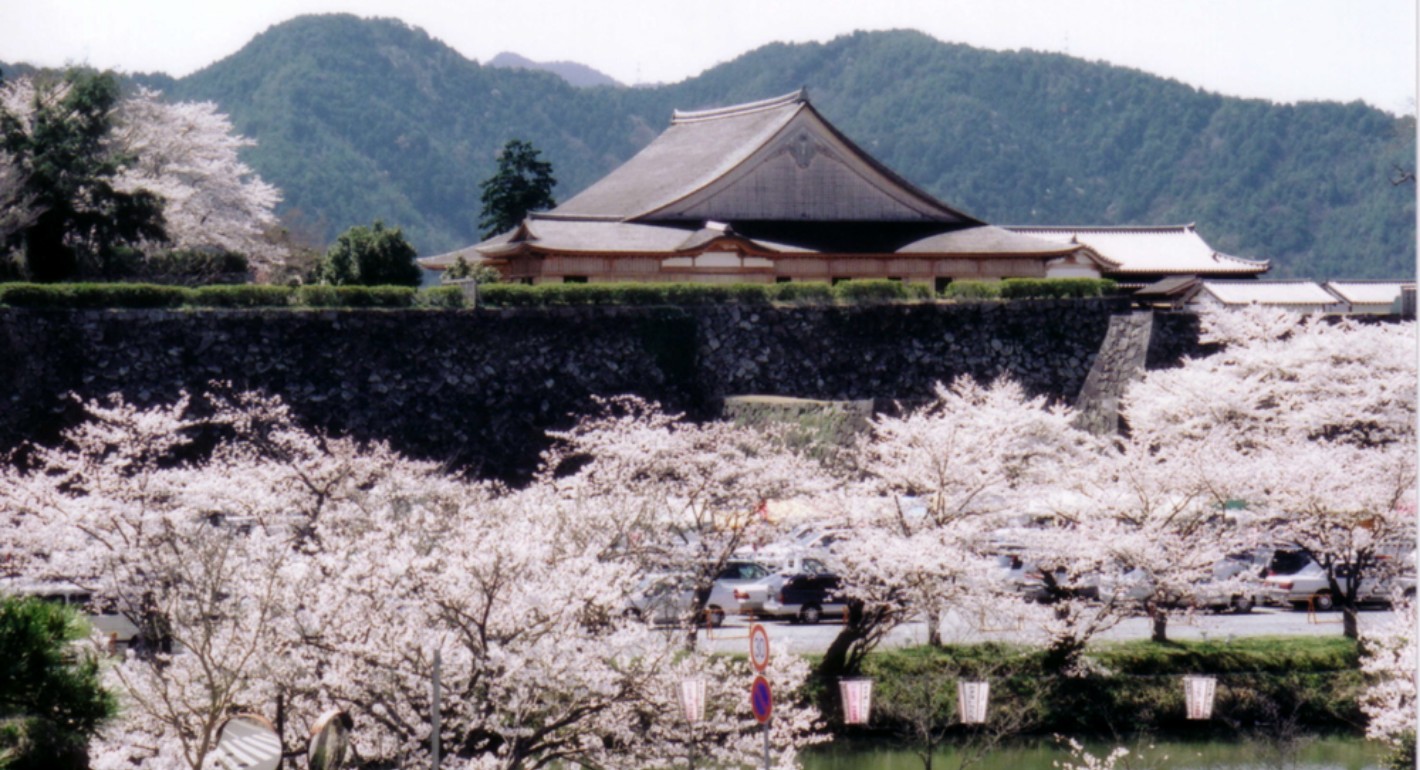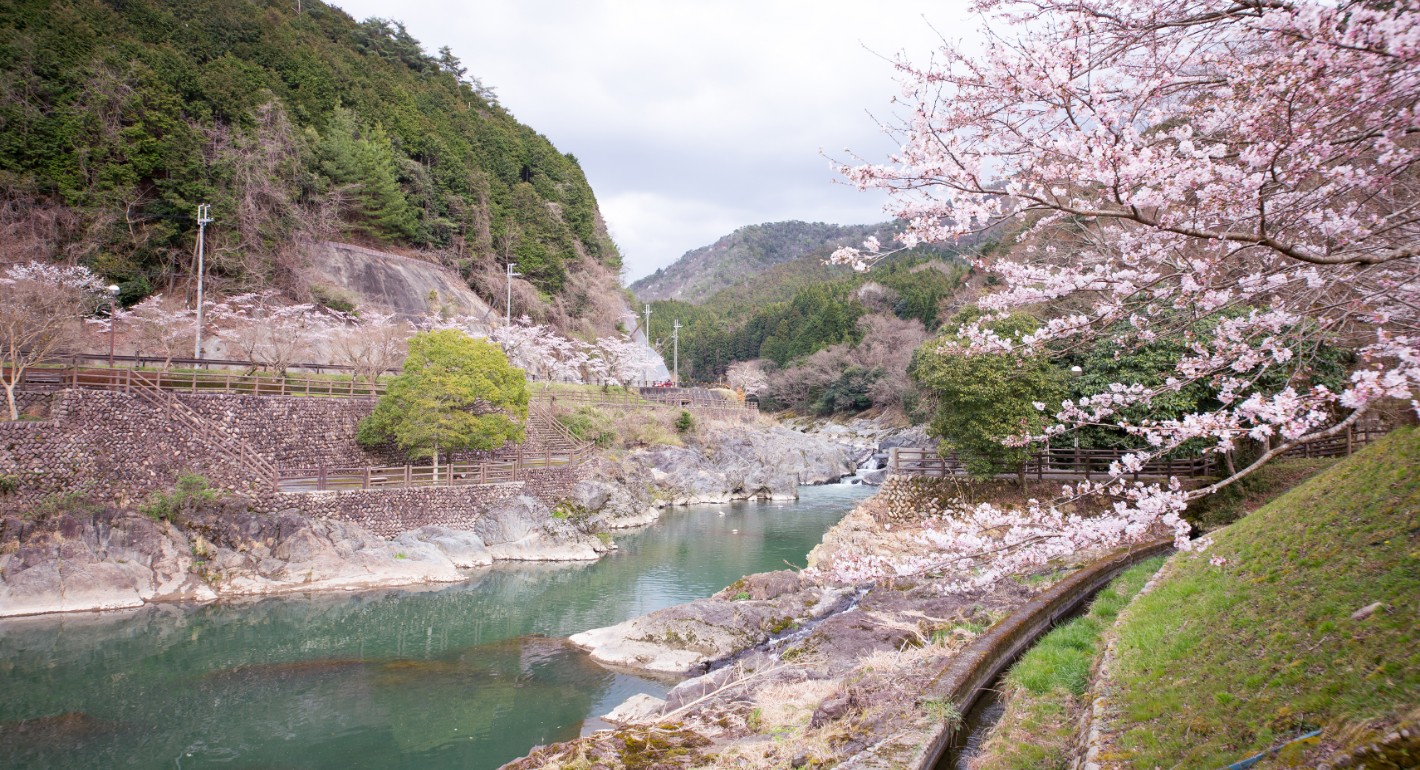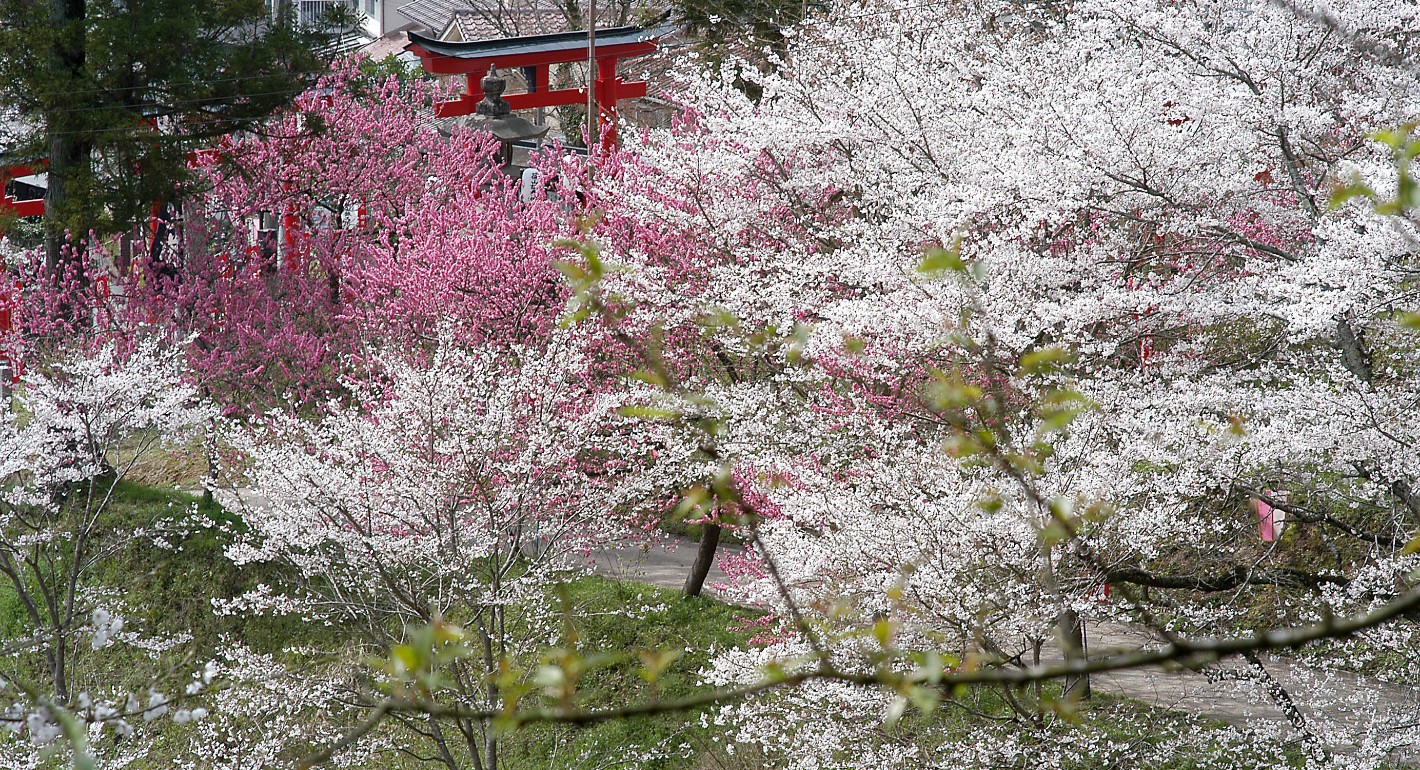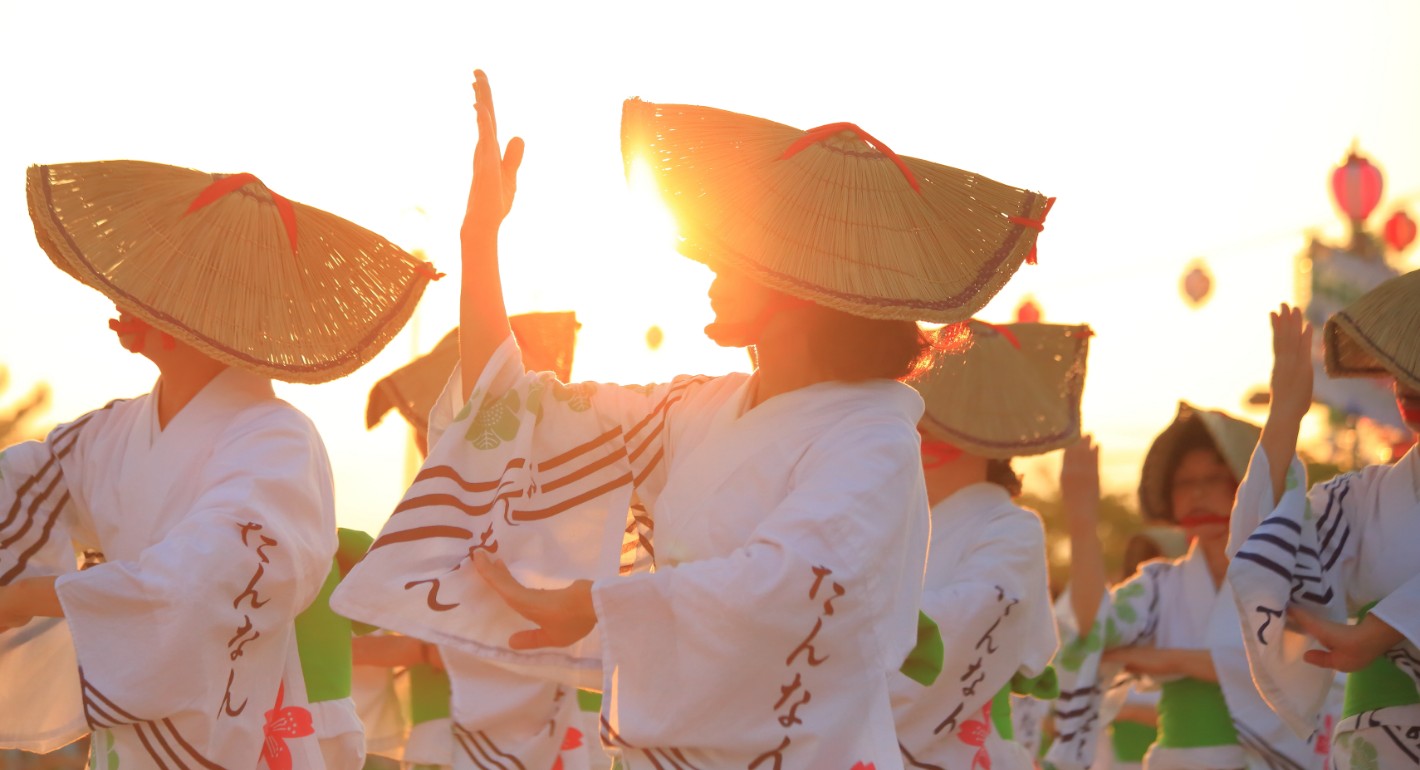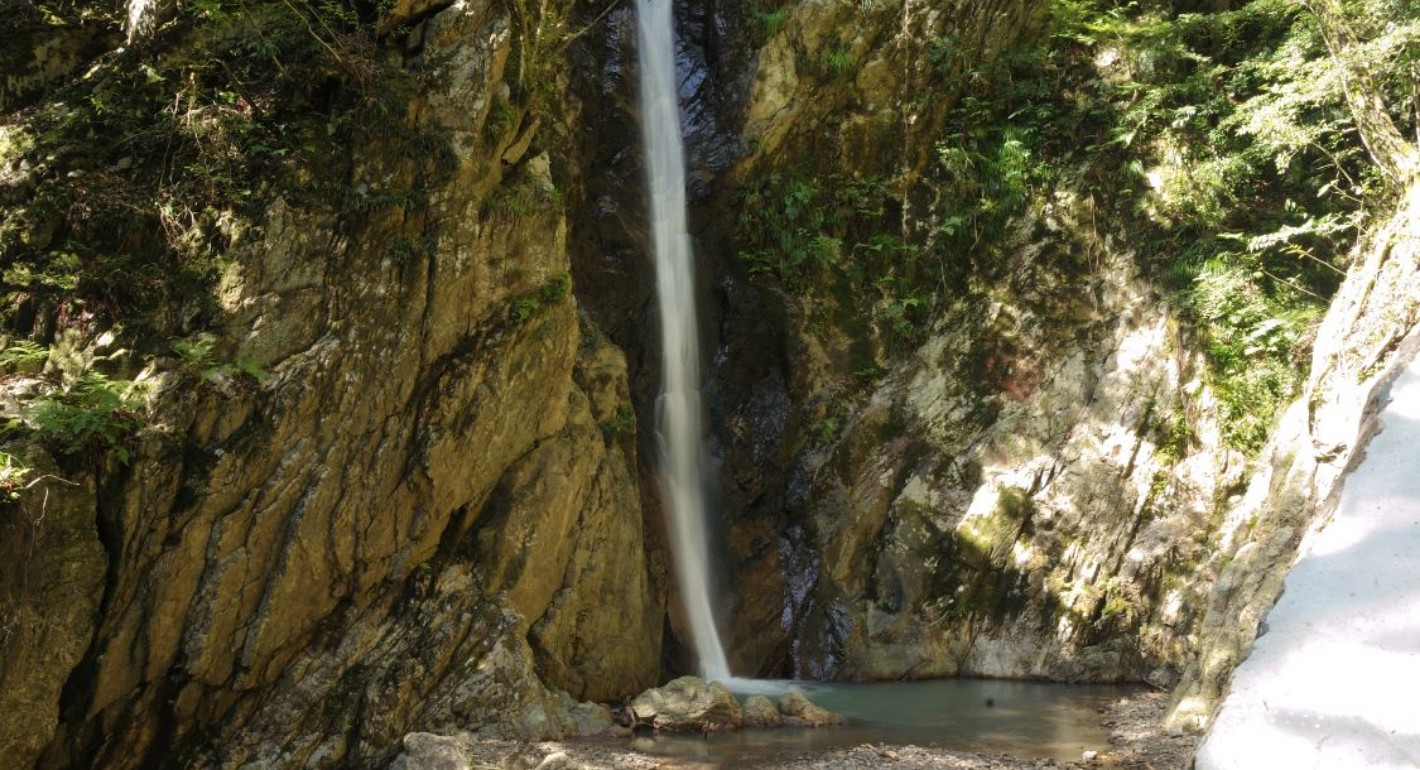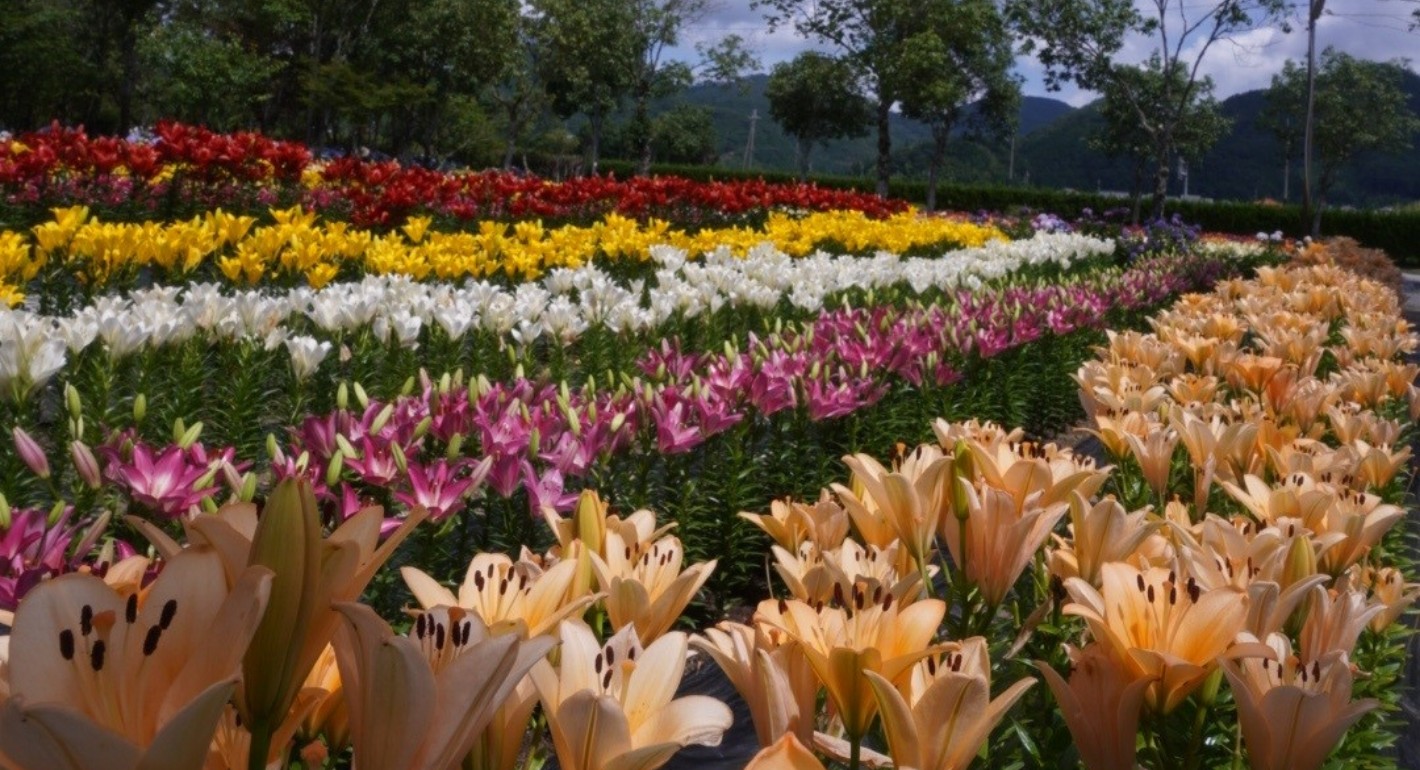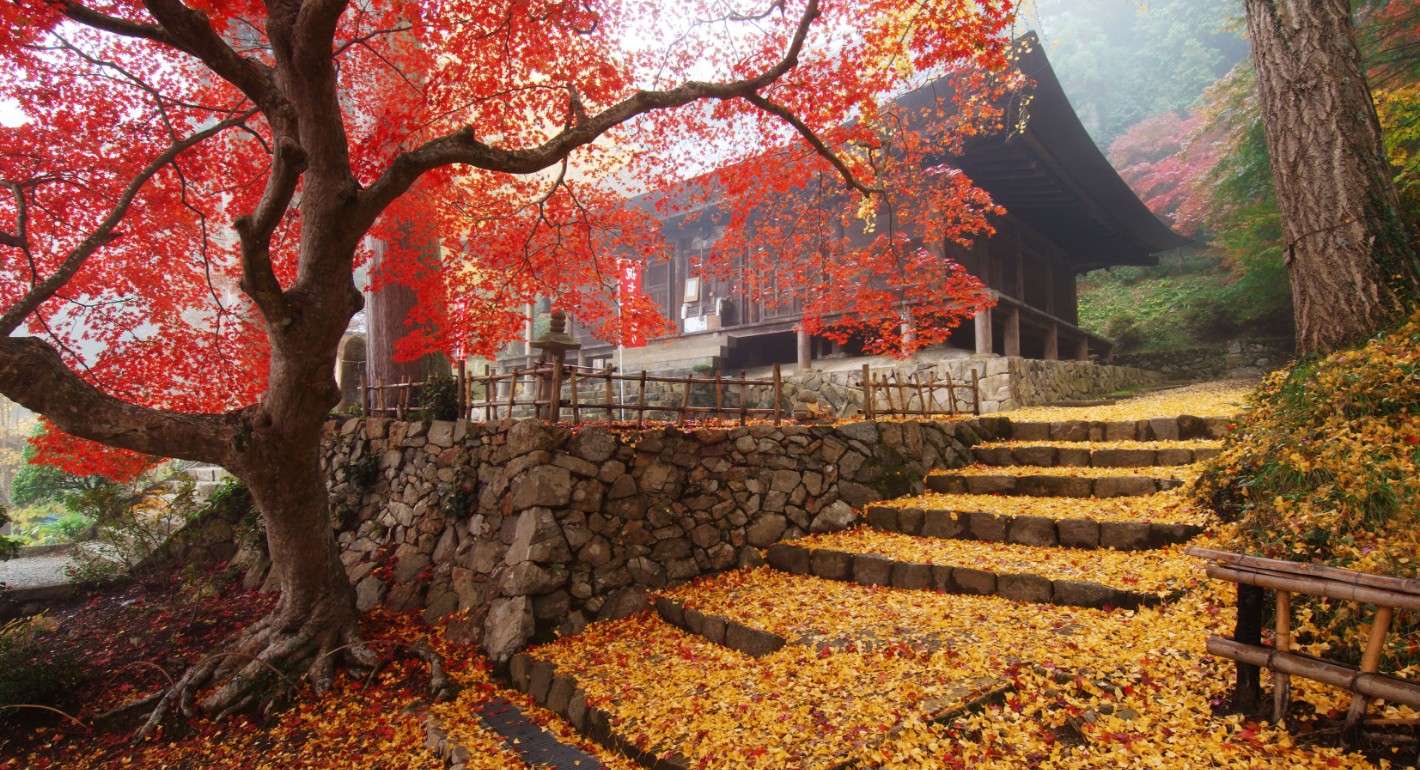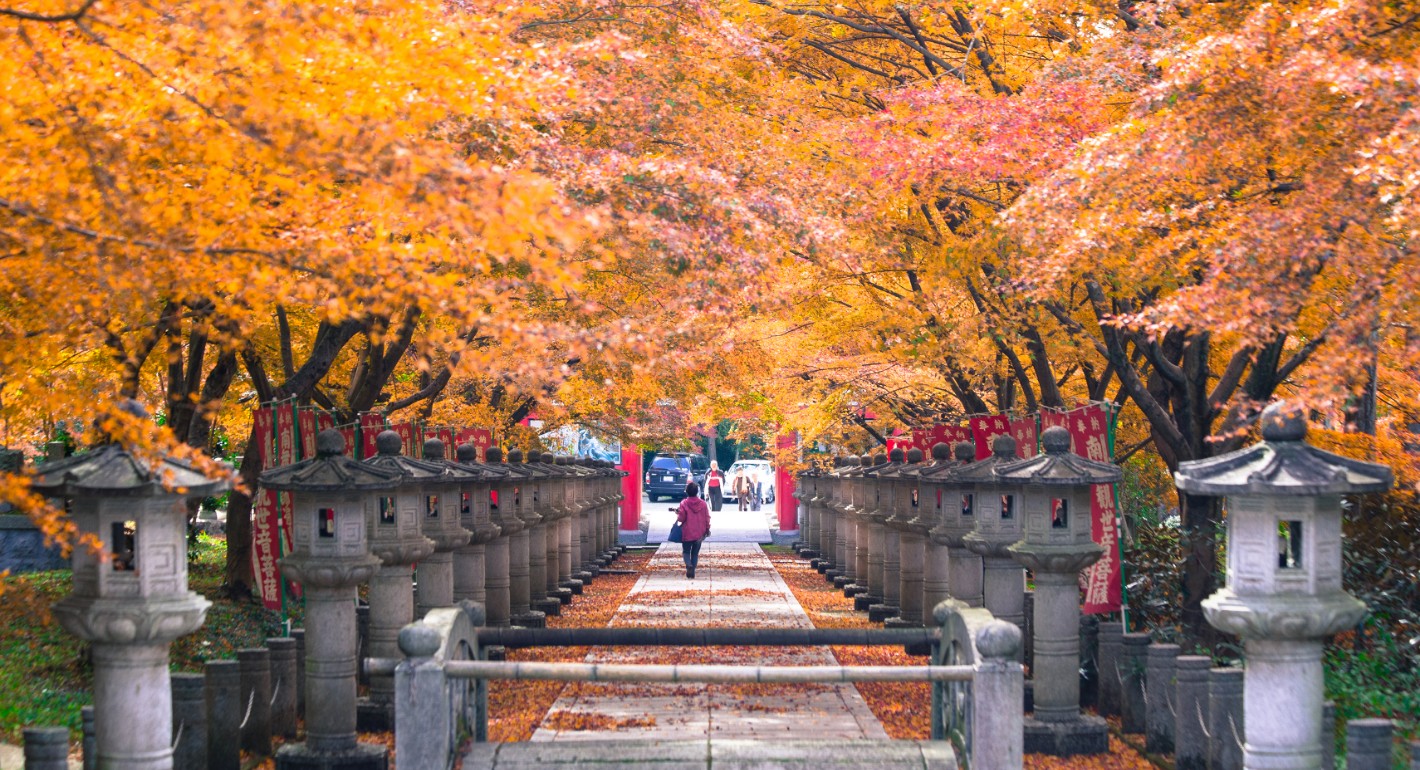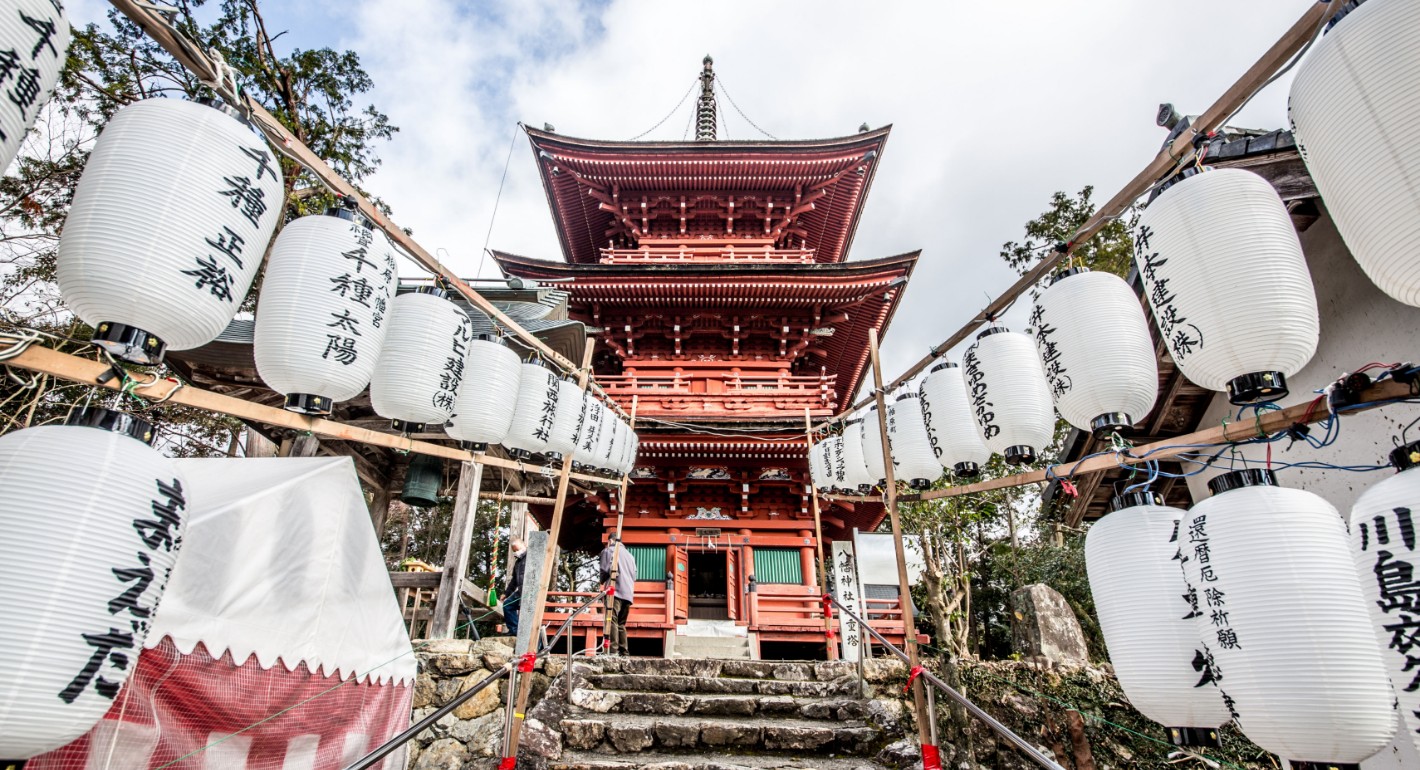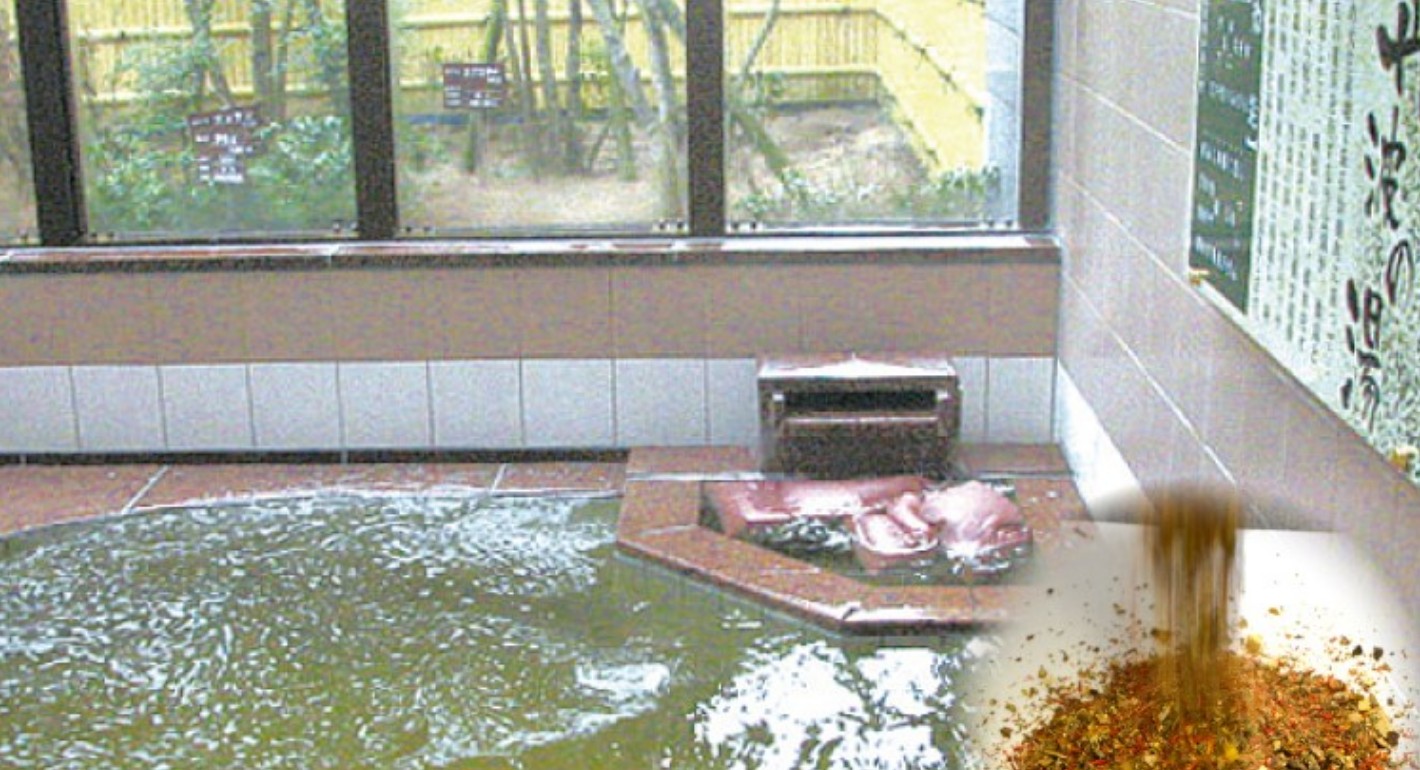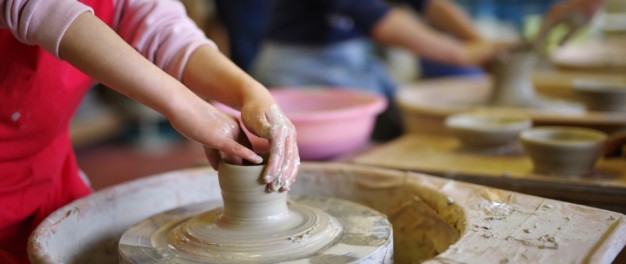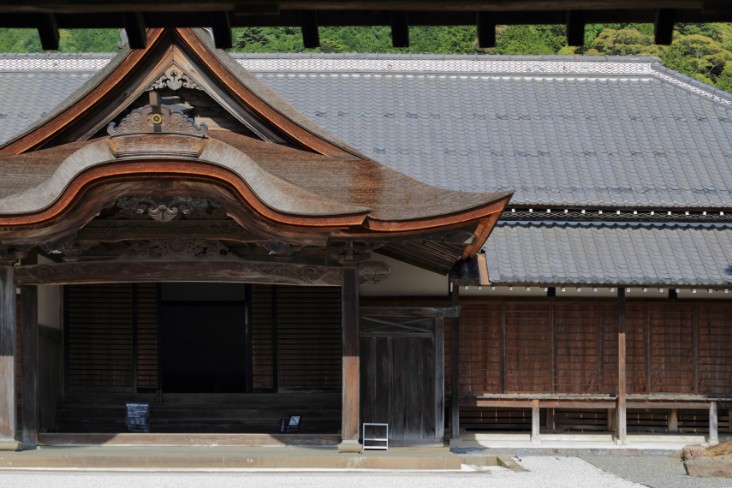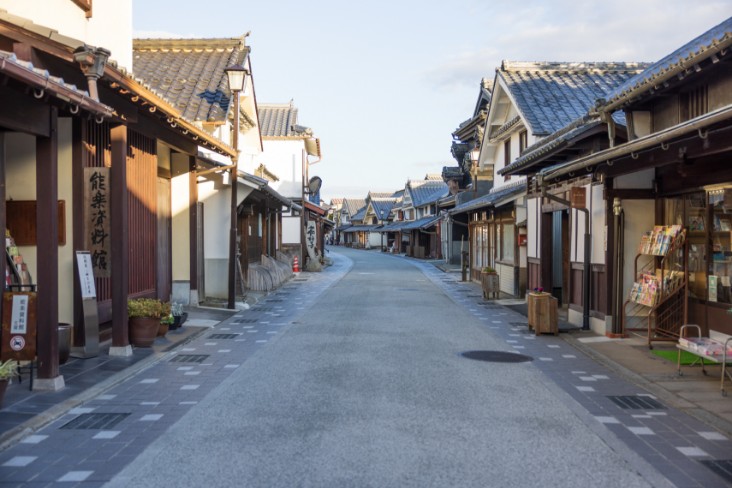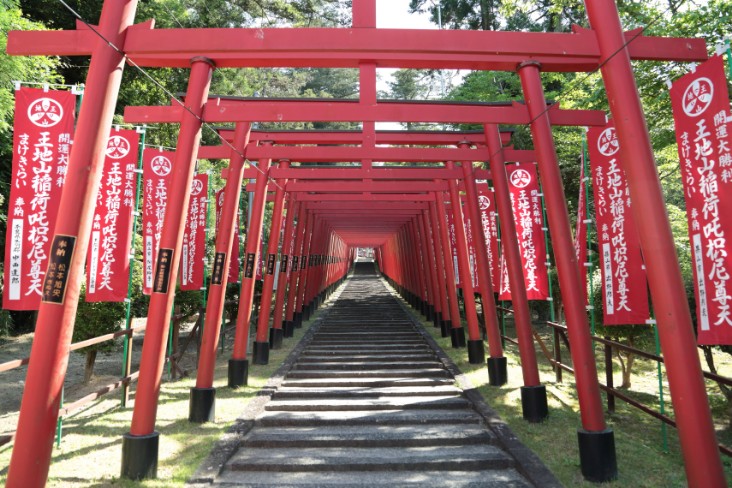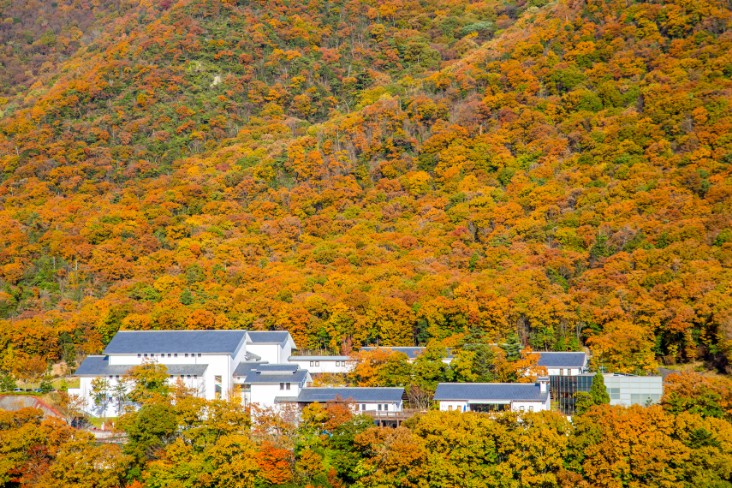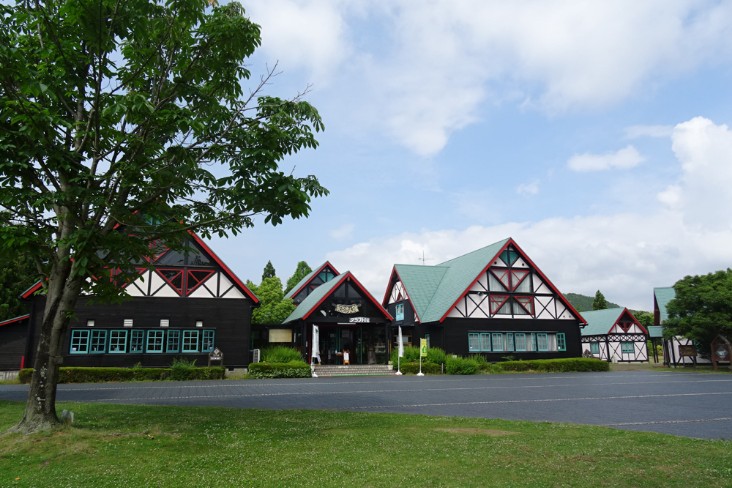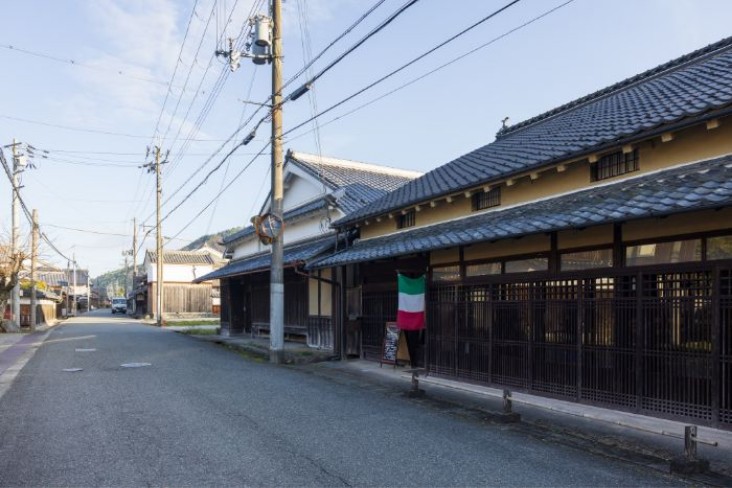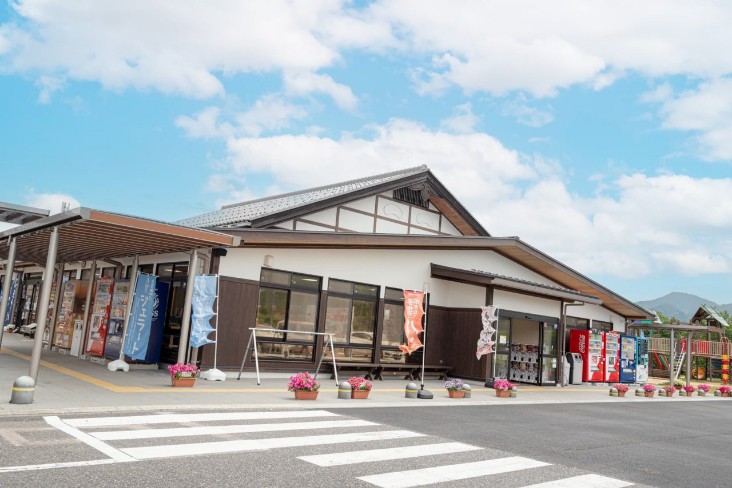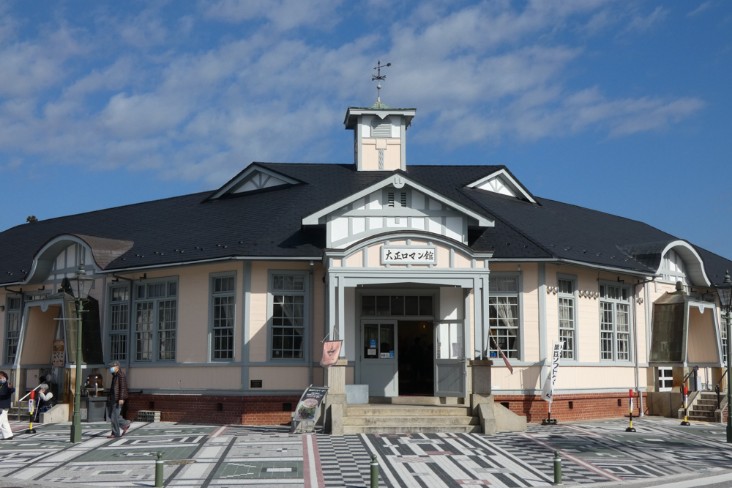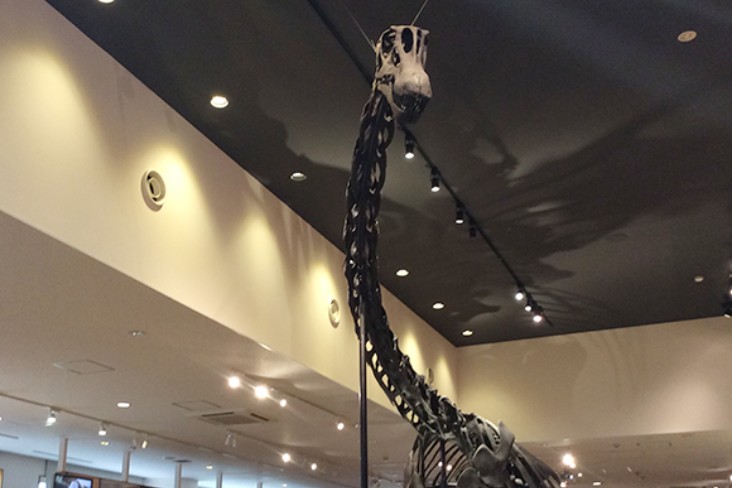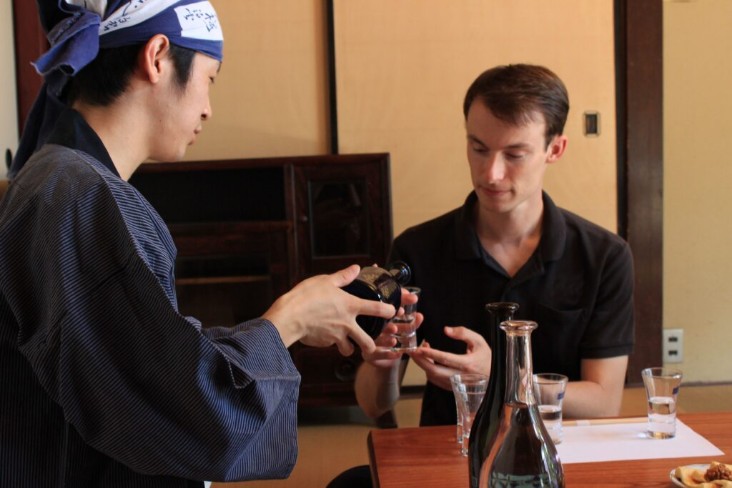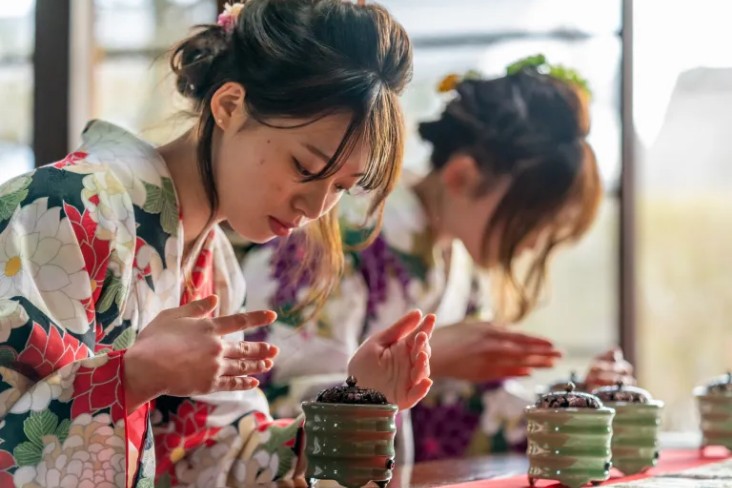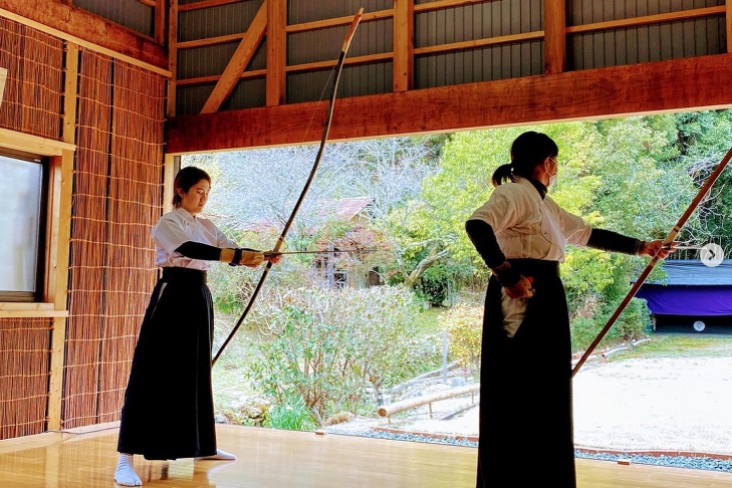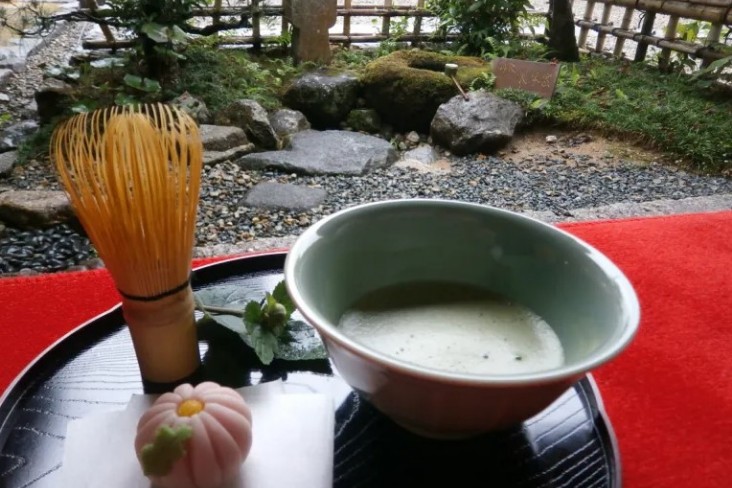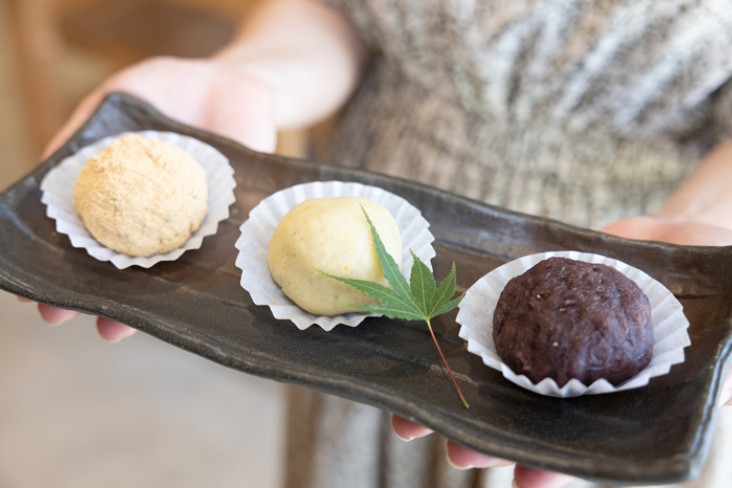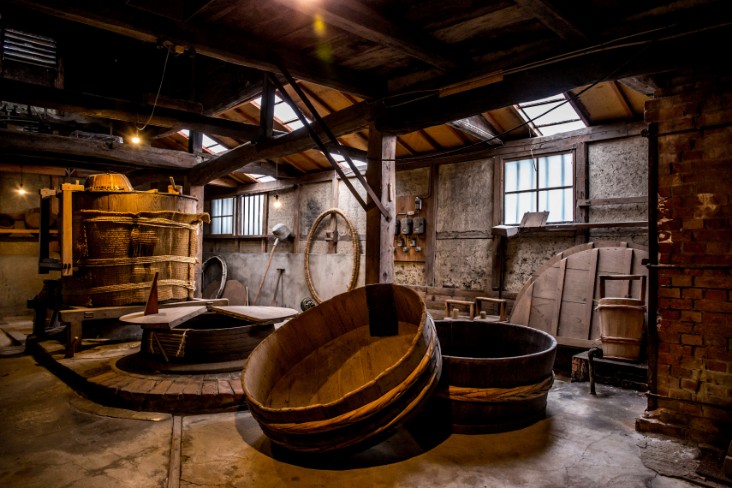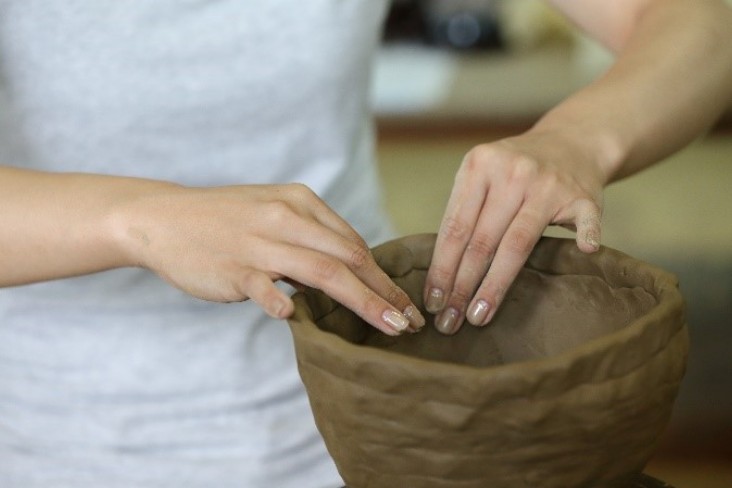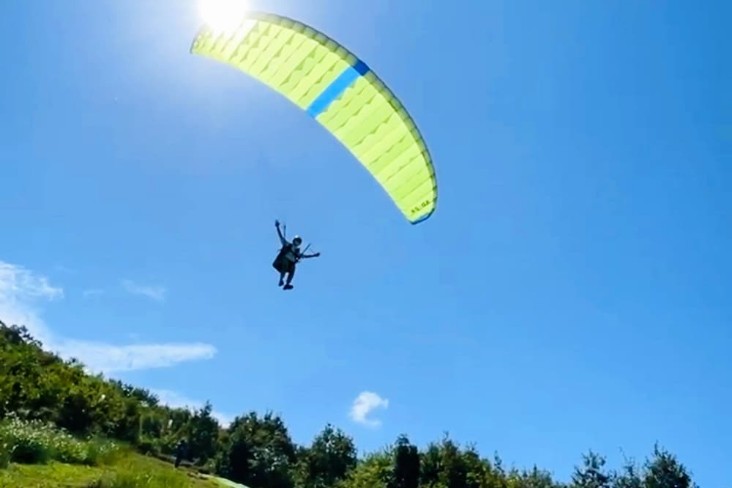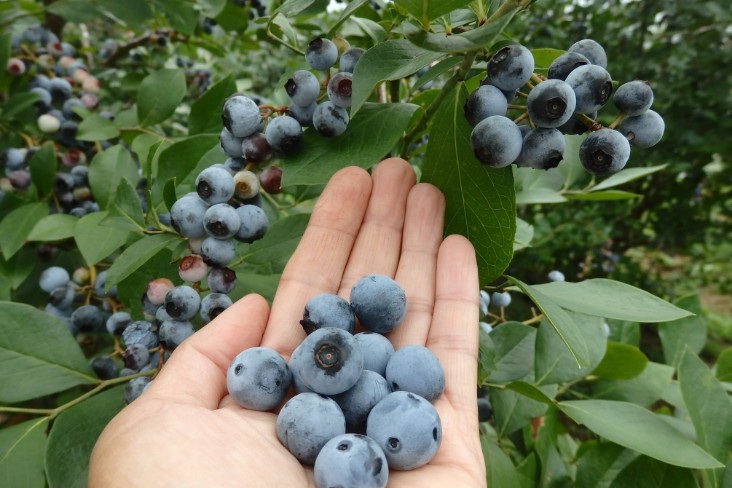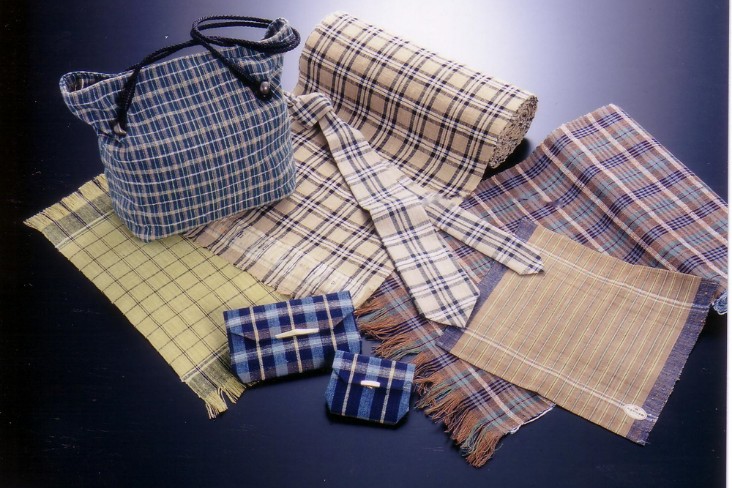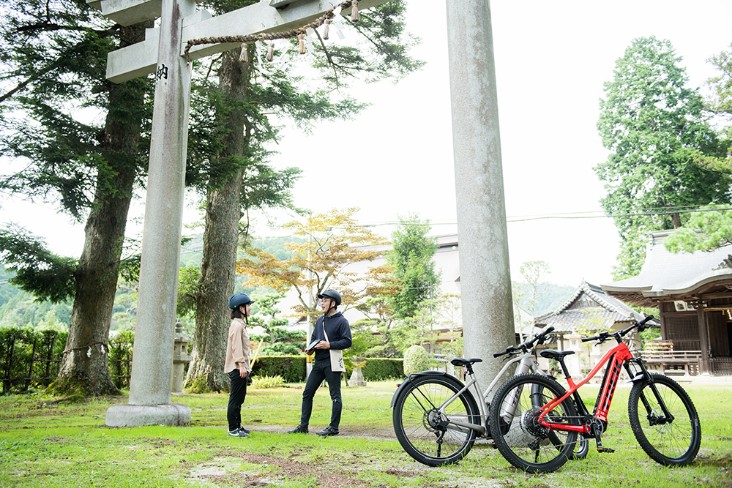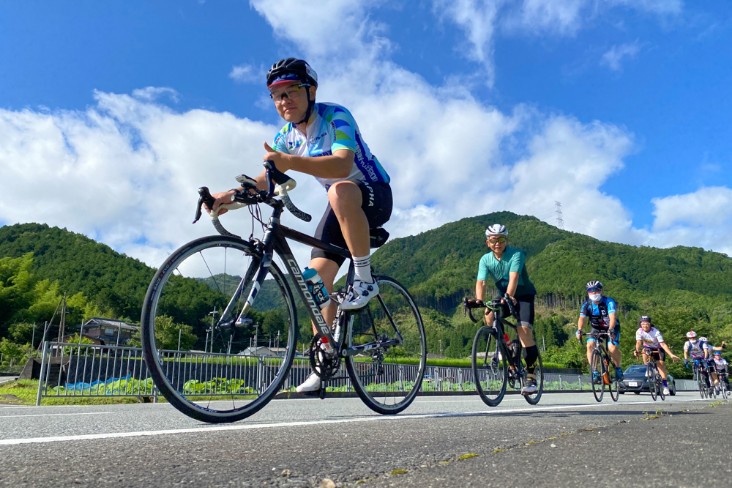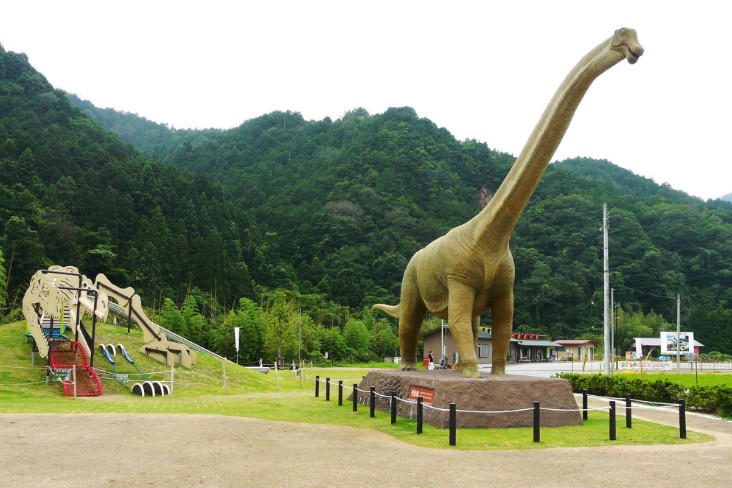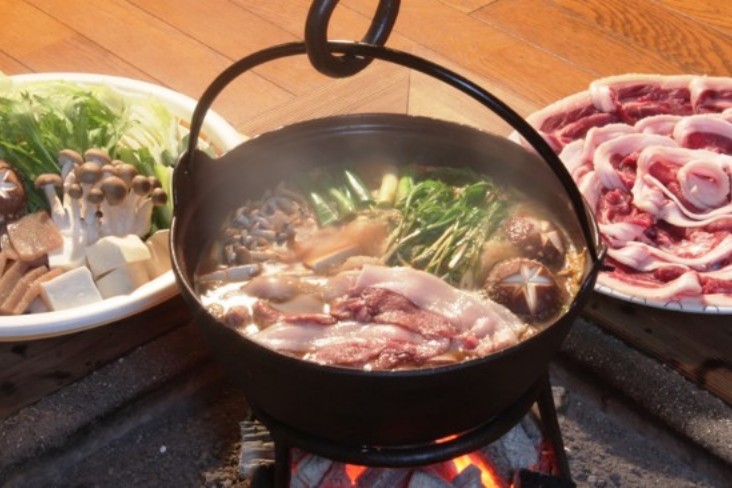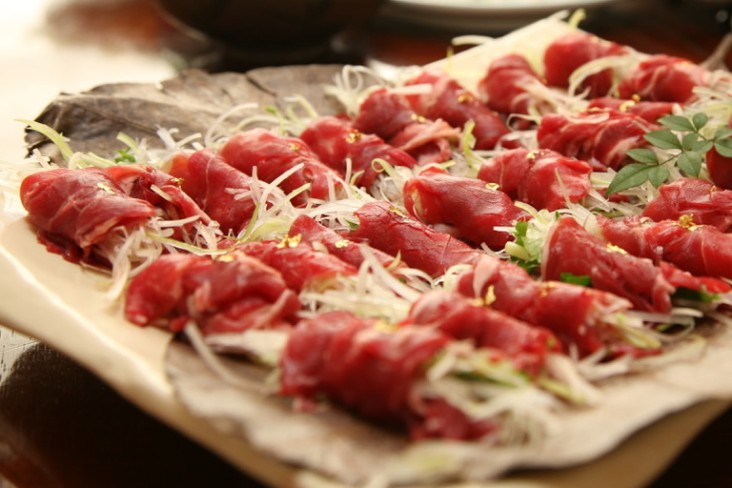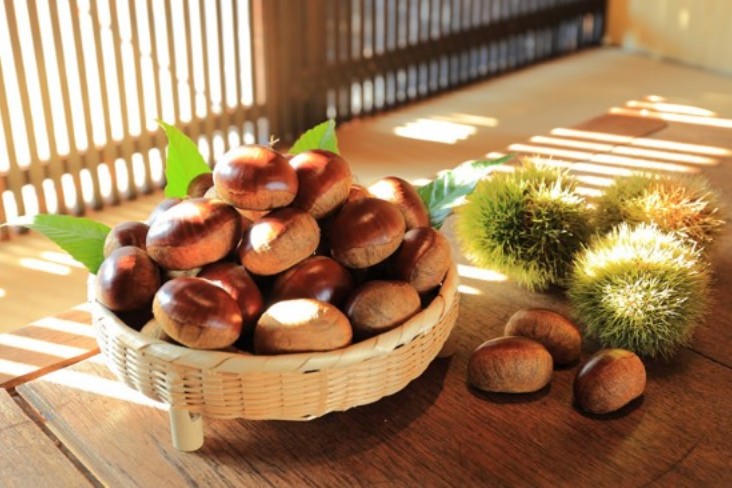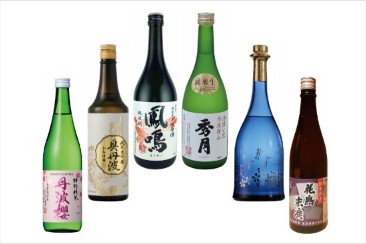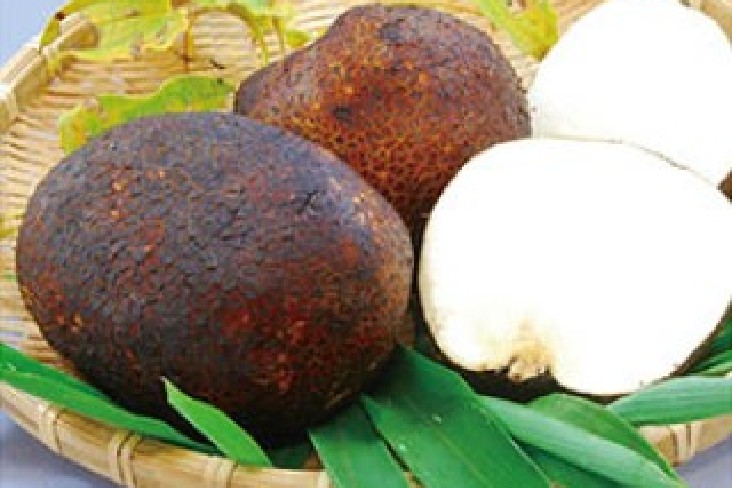Tamba Travel Videos
Watch and Get ready for your exciting travel ahead!
Welcome to Tamba
The Tamba area, located in the central Eastern part of Hyogo Prefecture, consists of Tamba-Sasayama City and Tamba City.
It is a countryside area that is home to mountains and expansive and tranquil farmlands.
Its climate, woven by the four seasons, creates a different beautiful scenery each season. The Tamba fog and differences in temperature between the afternoon and night, which are unique characteristics of the climate, allow farmers here to grow delicious crops. The Tamba area also thrived as a key to transportation connecting Hyogo to Kyoto. Many relics of the past, such as the castle town, post town, and Yakimono no Sato, still remain, allowing you to experience the good old days.

Traffic information
Tamba-Sasayama City and Tamba City are easily accessible by train.
- From Osaka/Kobe to JR Sasayamaguchi Station: Approx. 1 hour. From Sasayamaguchi Station to kaibara Station: Approx. 20 minutes.
- From Kyoto to JR Sasayamaguchi Station: Approx. 2 hours.
Scenery that changes throughout the four seasons
- Expressions of beauty -
The differences in temperature throughout the year and differences in temperature between the afternoon
and night create different beautiful sceneries in each season.
Discover Tamba
Historical tourist spots, traditional experiences, and seasonal foods.
Enjoy the many appeals of the Tamba area.
Tourist Attractions
The Tamba area is full of spots where you can experience history, tradition, and culture.
Enjoy the Kawaramachi Tsumairi Merchant Housing District in Sasayama Castle Town or the traditional Fukusumi townscape, which is recognized as a conservation area of groups of historical buildings. There are also buildings connected to Oda, a famous warrior during the Japanese civil war, such as the Kaibara Jinya ruins in kaibara Castle Town. Take a leisurely stroll through the Tamba area and enjoy the historical townscape.
Tap/click the following images for more details about each tourist facility.
Experience
The Tamba area offers various experiences that allow you to have a unique time.
There are many interesting things to do. You can try and learn about the flavors of Japanese wine, you can try Tachikui Sue ceramics, which are one of Japan’s six ancient types of ceramic wares and are recognized as part of Japanese heritage. You can also pick black soybeans. With all five senses, experience the culture, history, food, and nature of the Tamba area.
Tap/click the following images for more details about each experience.
Eat & Drink
The Tamba area, with its unique weather and bountiful climate, provides various types of ingredients in all four seasons. There are wild game, like boar and deer, raised in this lush nature. There are colorful and large-grain Tamba chestnuts, Tamba dainagon adzuki beans, and Tamba black soybeans. Also, the Tamba area is one of the most prominent sake brewers in Japan. Enjoy foods that you can only experience in the Tamba area.
Tap/click the following images for more details about restaurants where you can eat food that use these ingredients.
2025 Osaka and Kansai Expo
Hyogo Field Pavilion

Hyogo Field Pavilion is an initiative to bring people to the sites of regional activities in Hyogo for the hosting of EXPO2025 Osaka, Kansai (to be hosted in 2025), so that they can see, learn about, and experience regional activities.

